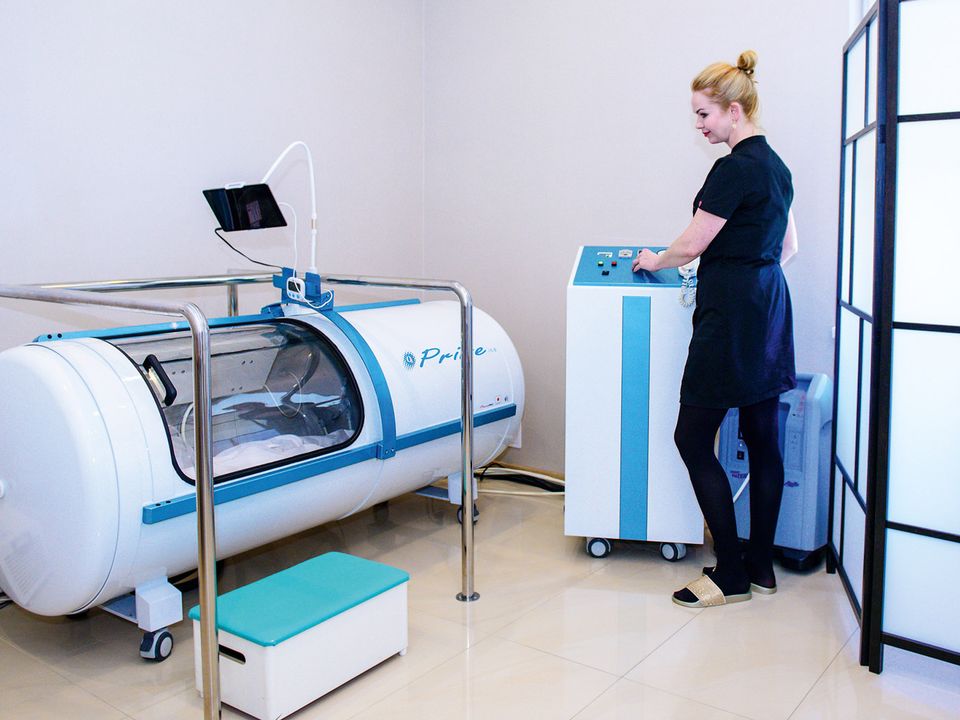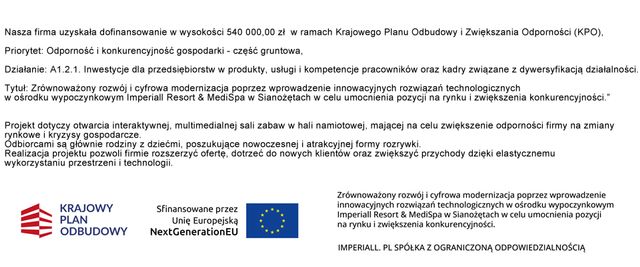Hyperbaric oxygen therapy—HBOT — is a method of treating diseases and injuries in a hyperbaric chamber using higher than atmospheric pressure. It consists in giving the patient oxygen in an environment with increased pressure. Thanks to the increased pressure, the migration of oxygen particles to the cells of the body is accelerated, which increases their oxygenation, promoting their regeneration and development.
When we breathe air at normal atmospheric pressure, oxygen is transported by hemoglobin to the interior of red blood cells. During the procedure of hyperbaric oxygen therapy, the patient breathes air with an increased oxygen content, which causes a significant increase in the saturation of hemoglobin with oxygen. This, in turn, increases the amount of free oxygen in body fluids, which allows for better blood supply to tissues.
Under pressure, oxygen dissolves in blood plasma, in cerebrospinal fluid in the brain and spinal cord, in lymph and in other body fluids, so it is easily delivered to all tissues, even those with poor blood supply. As a result, even those areas that have hitherto been deprived of oxygen benefit from its enormous healing capabilities.
The pressure under the influence of which the patient finds during therapy is the sum of atmospheric and prevailing pressure in the chamber. This pressure is expressed in absolute atmospheres (ATA). Currently used pressures in hyperbaric therapy are in the range of 1.3 to 3.0 ATA.
Our hyperbaric chamber is 1.5 ATA — in this pressure range, the therapy is sufficiently effective and safe. Usually a single treatment lasts from 60 — 90 minutes. During this time, the patient is in a chamber filled with compressed air breathing pure oxygen using a mask.
According to clinical studies, the amount of dissolved oxygen in plasma under conditions of atmospheric pressure is within 3 ml in 1 liter of blood, while already when breathing 100% oxygen, this amount increases to 20 ml per 1 liter of blood!
















